General Landscape Uses: Accent coastal wildflower and bedding plant.
Ecological Restoration Notes: A relatively common element of coastal areas, especially the ecotones between mangrove swamps and coastal uplands.
Description: Medium shrub with shiny green leaves and attractive yellow flowers.
Dimensions: Typically 3-4 feet in height; to 5 feet in South Florida. Colonial, and spreading in patches much broader than tall.
Growth Rate: Slow to moderate.
Range: Monroe County Keys and Miami-Dade County; West Indies, Mexico and Central America. In Miami-Dade County, native only to the Florida Keys in and around Biscayne National Park and the mainland from the Monroe County line north to about Matheson Hammock. Also Reported in 1913 by John Kunkel Small for shores and sand dunes in the Upper Sandy Keys (Virginia Key and Key Biscayne).
Habitats: Coastal wetlands.
Soils: Wet to moist, poorly-drained to periodically inundated brackish soils.
Nutritional Requirements: Moderate; can grow in nutrient poor soils, but needs some organic content to thrive.
Salt Water Tolerance: Moderate; tolerates brackish water or occasional inundation by salt water.
Salt Wind Tolerance: High; can tolerate moderate amounts of salt wind without significant injury.
Drought Tolerance: Low; requires moist to wet soils and is intolerant of long periods of drought.
Light Requirements: Full sun to light shade.
Flower Color: Yellow.
Flower Characteristics: Showy compound heads, about 1″ wide.
Flowering Season: All year; peak spring-summer.
Fruit: Inconspicuous achene.
Wildlife and Ecology: Provides moderate amounts of food and cover for wildlife. Nectar plant for great southern white (Ascia monuste), Schaus’ swallowtail (Heraclides aristodemius) obscure skipper (Panoquina panoquinoides) and other butterflies.
Horticultural Notes: Grown from seed or cuttings. Break up seed heads into a pot with 2″ or more of potting soil and sprinkle a little soil into the pot, almost covering the seeds. Place in light shade or full sun and keep moist.
Comments: Distinguished from B. frutescens by its green foliage; the two species form a natural hybrid, B. x cubana.


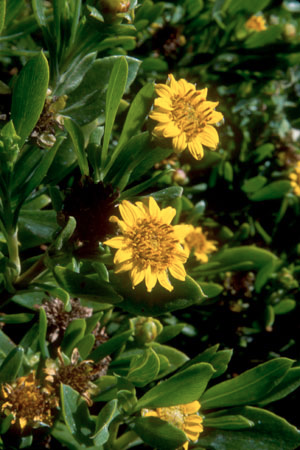
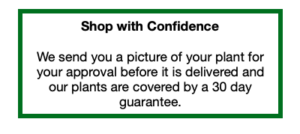
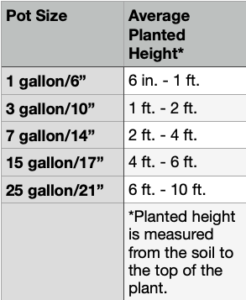

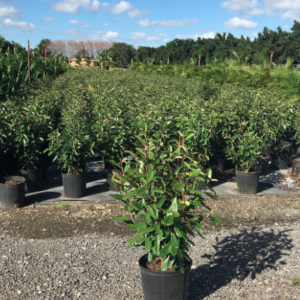
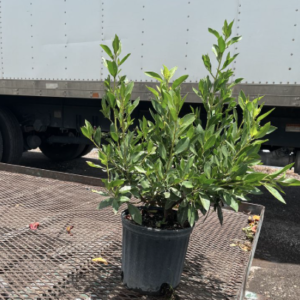
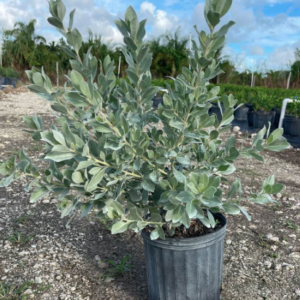
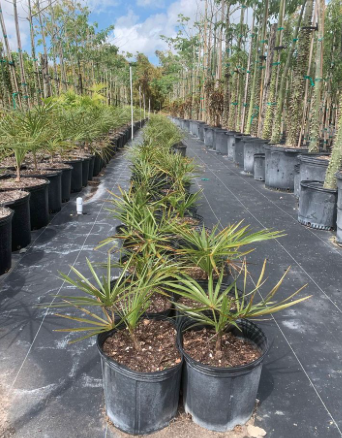
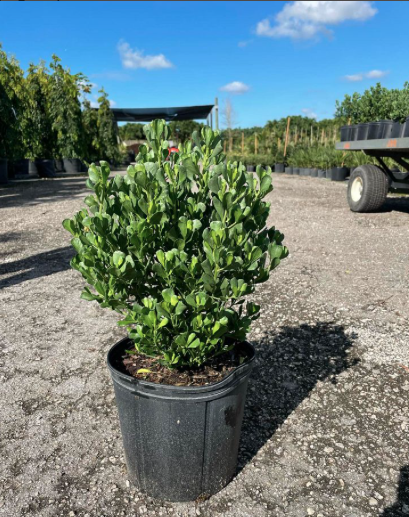
Ernesto D. –
I love the flower.
Roberta N. –
Does well with the Sea Lavender.